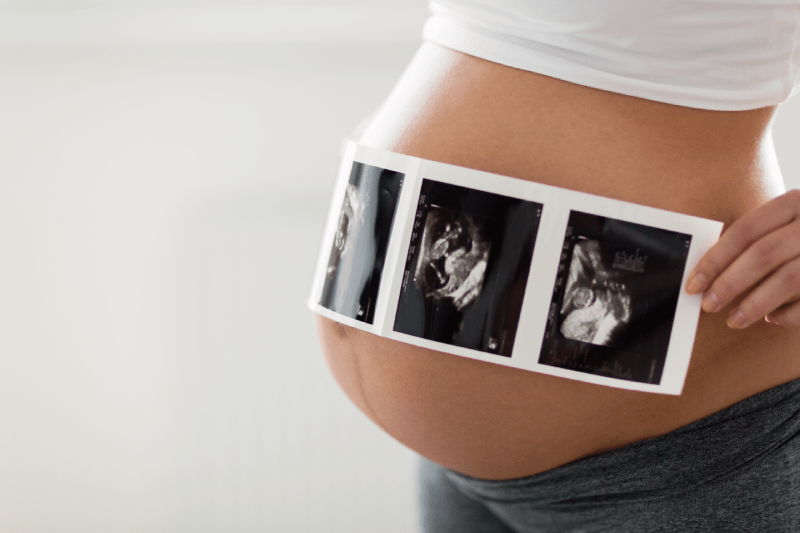How Can I Find the Right Gender Selection Clinic in IVF Treatment? Cheap and Quality Clinics

In vitro fertilization (IVF) is a medical procedure that allows couples to conceive a child by combining eggs and sperm outside the body, in a laboratory dish. In recent years, the IVF process has been used for gender selection, which involves choosing the sex of the baby before conception.
What is IVF?
IVF is a complex medical procedure that involves several steps. It is typically used by couples who have difficulty conceiving naturally.
What Does The IVF Process Involve?
- Ovarian Stimulation
The first step in the IVF process is to stimulate the ovaries to produce multiple eggs. This is achieved by injecting the woman with hormones that encourage the ovaries to produce more eggs than usual. This step is important because it increases the chances of success during the later stages of the IVF process.
- Egg Retrieval
Once the eggs have matured, they are retrieved from the woman’s ovaries using a minimally invasive surgical procedure called transvaginal ultrasound-guided egg retrieval. This procedure is usually performed under local anesthesia and involves inserting a needle through the vagina and into the ovaries to collect the eggs.
- Sperm Collection
The next step is to collect sperm from the male partner or a sperm donor. The sperm is then washed and prepared for the IVF process.
- Fertilization
The eggs and sperm are then combined in a laboratory dish in a process called fertilization. The dish is kept in an incubator to mimic the conditions inside the human body, and the eggs are monitored for signs of fertilization.
- Embryo Transfer
After fertilization has occurred, the embryos are allowed to develop for a few days before they are transferred to the woman’s uterus. This is done using a catheter that is inserted through the cervix and into the uterus.

What is Gender Selection?
Gender selection is the process of choosing the sex of the baby before conception. This can be achieved through a number of methods, including sperm sorting, preimplantation genetic diagnosis (PGD), and preimplantation genetic screening (PGS). These methods can be used in conjunction with the IVF process to increase the chances of conceiving a baby of a specific sex.
IVF Gender Selection Process
- Sperm Sorting
Sperm sorting is a process that separates the X-bearing sperm (which produces female offspring) from the Y-bearing sperm (which produces male offspring) using a technique called flow cytometry. The sorted sperm can then be used in the IVF process to increase the chances of conceiving a baby of a specific sex.
- Preimplantation Genetic Diagnosis (PGD)
PGD is a technique that involves analyzing the genetic material of the embryos before they are transferred to the uterus. This allows doctors to determine the sex of the embryos and select only those of the desired sex for transfer.
- Preimplantation Genetic Screening (PGS)
PGS is a technique that involves analyzing the genetic material of the embryos before they are transferred to the uterus. This allows doctors to screen for genetic abnormalities and select only those embryos that are healthy and of the desired sex for transfer.
How long does the IVF process for gender selection usually take?
The IVF process for gender selection usually takes several weeks to a few months, depending on the clinic’s protocol and individual circumstances.
What is the average success rate of IVF for gender selection?
The average success rate of IVF for gender selection varies between clinics and depends on a number of factors, such as the age of the woman and the method used. It can range from 50-80%.
Risks and Benefits of IVF for Gender Selection
Like any medical procedure, IVF for gender selection has both risks and benefits. Some of the benefits of IVF for gender selection include:
- The ability to choose the sex of the baby before conception
- Increased chances of conceiving a baby of a specific sex
- Reduced risk of passing on genetic diseases to the offspring
However, there are also some risks associated with IVF for gender selection, such as:
- Increased risk of multiple births, which can lead to complications during pregnancy and childbirth
- Potential side effects of the hormones used to stimulate the ovaries, such as bloating, mood swings, and headaches
- Potential risks associated with the surgical procedures used during the IVF process, such as infection, bleeding, and damage to the reproductive organs
It’s important to discuss the risks and benefits of IVF for gender selection with a qualified healthcare provider before making a decision.

Finding the Right Gender Selection Clinic for Your IVF Journey
For couples considering in vitro fertilization (IVF) for gender selection, choosing the right clinic can be a very important step in this process. With so many clinics offering IVF services, deciding which one is right for you can be overwhelming. Here are some important factors to consider when choosing a gender selection clinic for your IVF journey:
- Location and Travel: The location of the clinic is an important factor to consider. You’ll want to choose a clinic that is conveniently located and easily accessible for you and your partner. This will save you time, money, and reduce the stress of travel. If you need to travel for treatment, make sure to factor in the additional costs and logistics.
- Success Rates: Another important factor to consider is the clinic’s success rates. The success rates of IVF for gender selection can vary widely between clinics, so it’s important to do your research and choose a clinic with a high success rate. Ask the clinic about their success rates and if they have any data to back up their claims.
- Experience and Qualifications: The experience and qualifications of the clinic’s doctors and staff are also important factors to consider. You’ll want to choose a clinic with experienced doctors and staff who are knowledgeable in the field of IVF for gender selection. You can research the clinic’s doctors and staff on their website or through online reviews.
- Technology and Equipment: The technology and equipment used by the clinic can also impact the success of your IVF journey. You’ll want to choose a clinic that uses the latest technology and equipment to increase the chances of a successful outcome. Ask the clinic about their equipment and technology and how it differs from other clinics.
- Cost: The cost of IVF for gender selection can vary widely between clinics. It’s important to choose a clinic that fits within your budget. Make sure to ask the clinic about their pricing and if there are any hidden costs. Some clinics may offer financing options or discounts for multiple cycles.
- Support and Counseling: The IVF journey can be emotional and stressful, so it’s important to choose a clinic that offers support and counseling. Look for a clinic that provides emotional support for both you and your partner throughout the IVF process. This can include counseling sessions, support groups, and access to resources.
- Ethics: It’s important to choose a clinic that follows ethical guidelines and practices. Look for a clinic that values informed consent and prioritizes the well-being of their patients. You can research the clinic’s ethical practices on their website or through online reviews.
Choosing the right gender selection clinic for your IVF journey is an important decision. Consider factors such as location, success rates, experience and qualifications, technology and equipment, cost, support and advice, and ethics when making your decision. By doing your research and choosing a reputable clinic, you can increase your chances of a successful outcome and a positive IVF experience. You can contact us for gender selection in successful and affordable IVF treatments.



